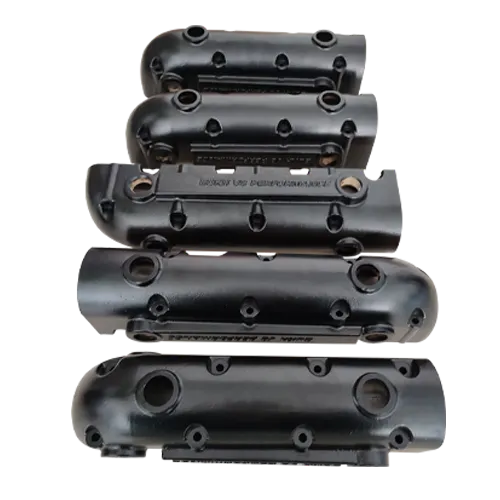Mobile:+86-311-808-126-83
Email:info@ydcastings.com
Understanding the Essential Role of Sand in Metal Casting Processes
The Importance of Metal Casting Sand in Foundry Operations
Metal casting is a crucial process in manufacturing, allowing for the creation of complex shapes and components used in a wide variety of industries. One of the key elements in this process is casting sand, which plays a vital role in shaping the molten metal into the desired form. Understanding the properties, types, and applications of metal casting sand is essential for achieving high-quality castings and enhancing production efficiency.
Casting sand is primarily used to create molds in which molten metal is poured. The most common type of sand used in metal casting is silica sand, known for its high melting point and ability to withstand the heat of molten metal. This sand is often mixed with other materials, such as clay or resin, to enhance its binding properties. The right mixture ensures that the mold can hold its shape and prevent leaks during the pouring process.
One of the most significant advantages of using sand as a mold material is its versatility. Sand molds can be formed into a variety of shapes, making it ideal for casting intricate designs. Additionally, sand can easily be reused, reducing waste and lowering production costs. Foundries often employ techniques to clean and reprocess used sand, allowing it to retain its favorable properties for multiple casting cycles.
metal casting sand

Different types of casting sands are available, each suited for specific applications. For instance, green sand is a mixture of silica sand, clay, and water that is typically used for ferrous metal casting. Its moisture content allows it to retain strength when damp, making it effective for creating molds. On the other hand, resin-bonded sands are used for more intricate castings, as they provide smooth surface finishes and higher dimensional accuracy. These sands are mixed with a resin that hardens when exposed to heat, resulting in a solid mold that can withstand high temperatures.
Factors such as grain size, shape, and chemical composition of the casting sand also significantly influence the quality of the final product. Coarser grains generally provide better airflow during pouring, while finer grains result in smoother finishes. Foundries must carefully select and monitor these characteristics to achieve optimal results.
In conclusion, metal casting sand is an indispensable material in the foundry industry. Its unique properties and adaptability make it essential for producing high-quality castings across various applications. As technology continues to advance, the development of new types of casting sands will likely enhance the efficiency and quality of metal casting processes even further. Hence, understanding and utilizing the right casting sand is crucial for any successful foundry operation.
-
Impeller Technology That Powers Precision in Pump SystemsNewsMay.22,2025
-
Valve Durability Begins with Quality Cast Iron ComponentsNewsMay.22,2025
-
Performance Cooling with Advanced Automobile Water Pump SolutionsNewsMay.22,2025
-
How Motor Housing and Oil Pans Shape Engine PerformanceNewsMay.22,2025
-
How Metal Castings Drive Modern Manufacturing EfficiencyNewsMay.22,2025
-
Exploring the Engineering Behind Valve Body CastingsNewsMay.22,2025











